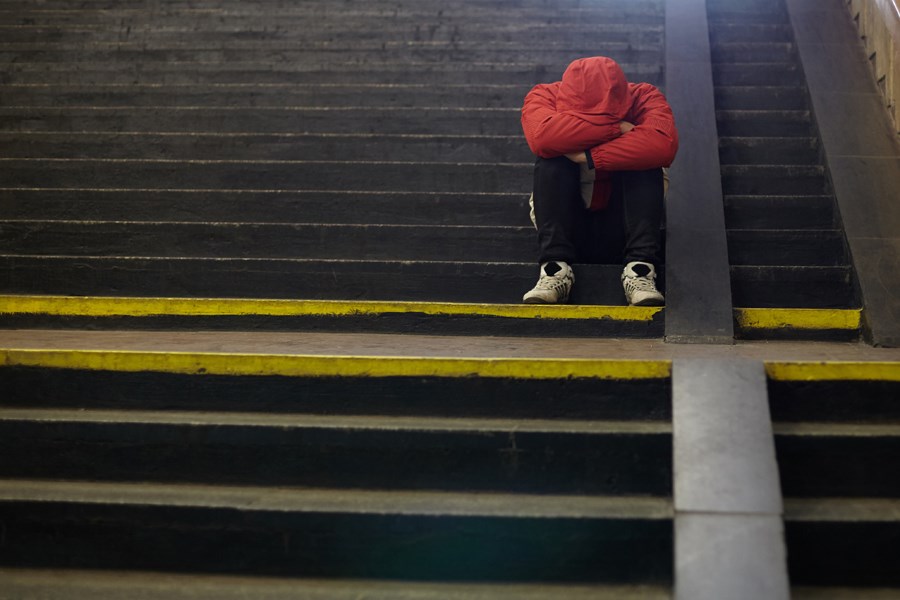Stories in the news about children in foster care are often tragic — their endings tend to involve things such as homelessness, addiction or even death.
But there are strategies that could turn those twisted tales upside down and improve the lives of young children whose families fall apart.
Two ideas that could make a world of difference are making sure foster kids get the education they need to succeed and reducing the number of Aboriginal children taken into care.
Most children in care are Aboriginal — 62.7 per cent — while only about nine per cent of all kids are Indigenous.
“Many people say the care system is the new residential school,” said Dawn Thomas-Wightman, B.C.’s deputy representative for children and youth, who is Aboriginal herself.
“If we had the same type of numbers for non-Indigenous kids, we would be calling it a crisis.”
Research in the United States shows that up to 70 or 80 per cent of children in foster care might be able to come home if the family had support to help prevent neglect, family addiction and poverty, Thomas-Wightman said. Staying at home with family support would avoid the trauma of being taken into care, she said.
When it comes to education, the numbers are also dire, but improving.
Only about half of B.C. children in foster care graduate from high school, compared to about 90 per cent of students who aren’t in foster care, says a recent report from Bernard Richard, B.C.’s representative for children and youth. Fewer still go on to post-secondary education because they “age out” of foster care when they turn 19 and must support themselves.
“Students in care are not naturally under-performers,” Richard said. “But often because of their life circumstances — experiencing trauma and instability early on — many need extra supports in order to succeed academically.”
Children in foster care often move around a lot — Richard’s report says some move as many as 29 times. Often when they move, they have to change schools and start over. Twenty-nine school changes could be enough to make anyone fail — heck, even five or six changes could do serious damage.
Children in care don’t always have a reliable adult to help with homework, sign school permission slips or make sure they make it to early morning basketball practice.
So, what can be done?
As far as education, Richard’s report makes six recommendations — among them, a call for funding for schools to have dedicated staff members who support children in care, which would give these students a much-needed connection to a reliable adult.
Rob Fleming, minister of education, says improving outcomes for Indigenous students is a “top priority.” He promises to address the funding concerns in Richard’s report, and to try to go even further than Richard’s recommendations.
One of the first moves the new NDP government made was to expand free tuition for foster children in college and university to all public post-secondary schools.
To address the scandalous numbers of Aboriginal children in care, Grand Chief Ed John wrote a 2016 report that pushed keeping families together rather than tearing them apart. Thomas-Wightman said research has shown that the trauma of losing one’s parents when going into foster care can be worse than the trauma of staying in a home where there is neglect.
“It seems to make sense,” Thomas-Wightman said. “The money that you put into foster care — some foster homes can make up to $3,000 a month — [put that] into families [and] you cut out the trauma of removing the child.”
The NDP government campaigned on a promise to implement John’s recommendations. So far, the new government has adopted the United Nations Declaration on the Rights of Indigenous Peoples, and the children’s ministry says it is working with First Nations people on a shift in the approach to child welfare.
Specifically, the ministry says it is spending $14.4 million to ensure that delegated Aboriginal agencies’ funding is at the same level as non-Aboriginal agencies, $24.2 million to support families to stay together and another $6.4 million to build support for families.
Let’s hope both the education ministry and the children’s ministry are able to follow through with their promises. If children in care graduate at the same rate as other children and there is a push to keep more families together, with support to ensure the children are safe, the foster care story might come closer to a happy ending.
Journalists across B.C. are working together to deepen public understanding of our child welfare system, the issues and emerging solutions, by publishing stories on the same day — Nov. 22, Child Welfare Media Day. See more stories here.
Tracy Sherlock writes about education and social issues. She can be reached at tracy.sherlock@gmail.com



